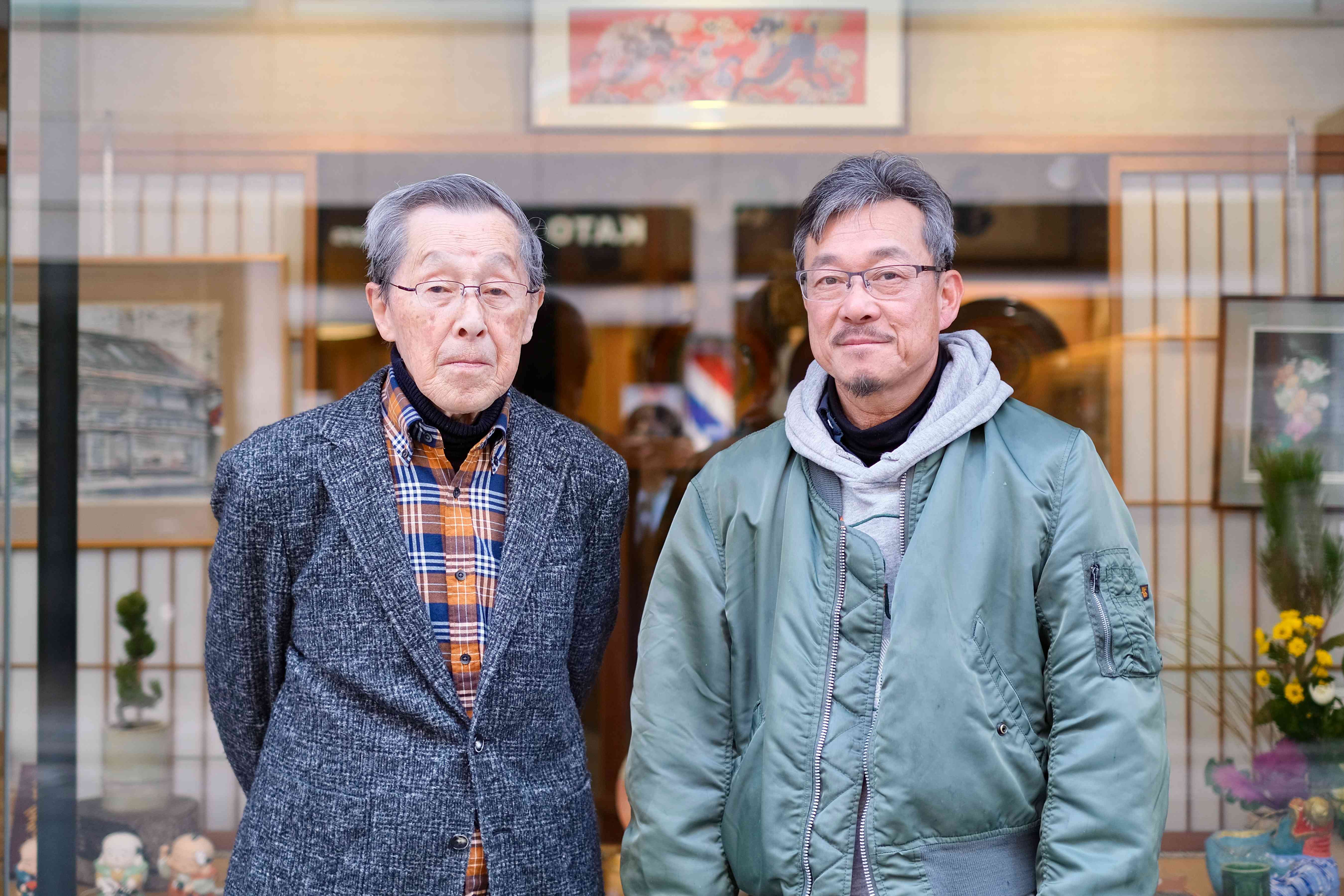
Nishimura Kissho-do, a traditional store passed down from generation to generation
Nishimura Kisssho-do has been dealing in lacquerware and crafts on Sanjo Dori since 1924. Shinichiro Nishimura, the second owner, and Yuichi Nishimura, the third , have taken over the store, which has been in operation for generations since Kichizo Nishimura, the predecessor, and not only sell lacquerware but also offer custom-made and repair services. For this interview, I spoke with Shinichiro Nishimura, at Nishimura Kissho-do which has been carrying on the tradition for about 100 years.
Stores and traditions passed down from the time of the establishment in 1924.
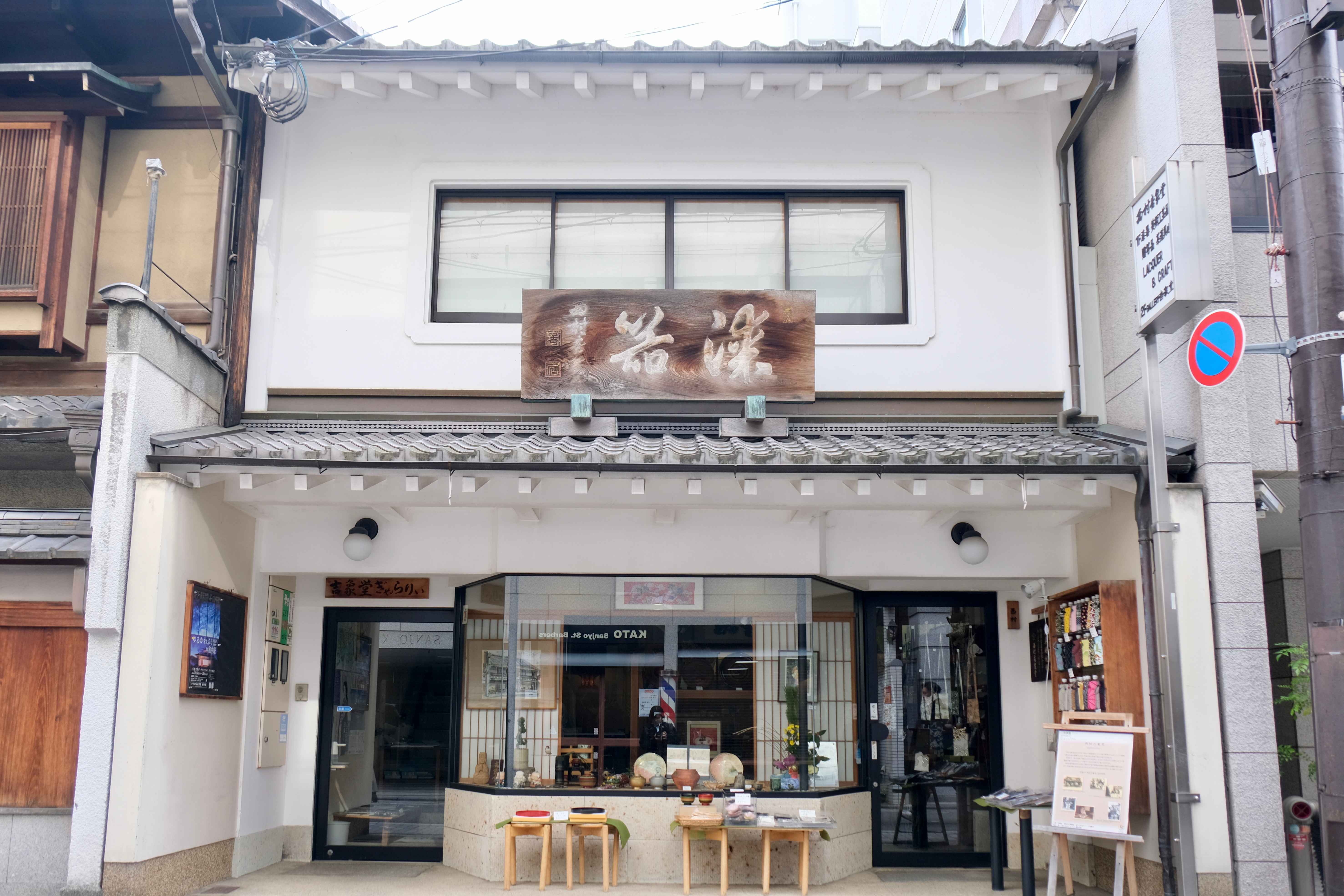
(Exterior view of the building)
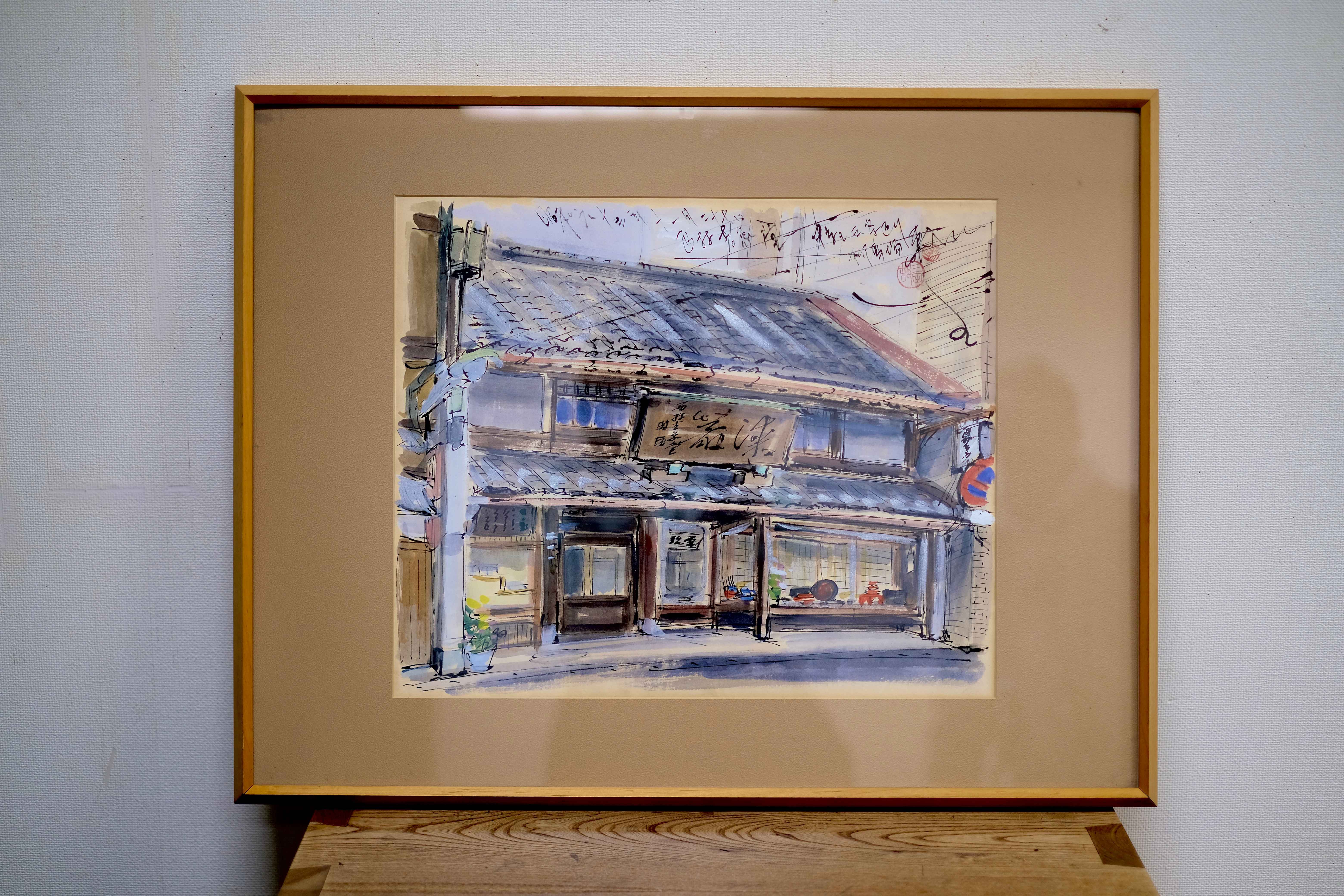 (Exterior of the building when it was founded)
(Exterior of the building when it was founded)
ーーFirst of all, please tell us about your career to date.
I was born in 1933 and worked for an advertising agency in Osaka from 1956-1966. Our business was old and traditional, so I had to learn something new.
After working at an advertising agency for 10 years, I returned to the store when my father became ill. My father passed away about a year and a half later, and during that time he taught me many things, and I took over Nishimura Kissho-do. Now my son Yuichi is running the store.
ーーHas the store remained the same since its establishment in 1924?
The glass-walled exterior that exists today was once the exterior of a lattice door. At that time, there was no glass this large made in Japan, so we ordered American-made glass for the construction.
The store was then extensively renovated in 1991. Originally, it would have been cheaper to rebuild the building from scratch, but we live and do business here, so we decided to keep the old structure. After consulting with the craftsmen of the time, we divided the building into three sections and renovated them over a period of about one year and eight months. While the store portion was being renovated, I went out and sold products, and we managed to get through it.
Looking at the changing Sanjo Dori since the 1930s.
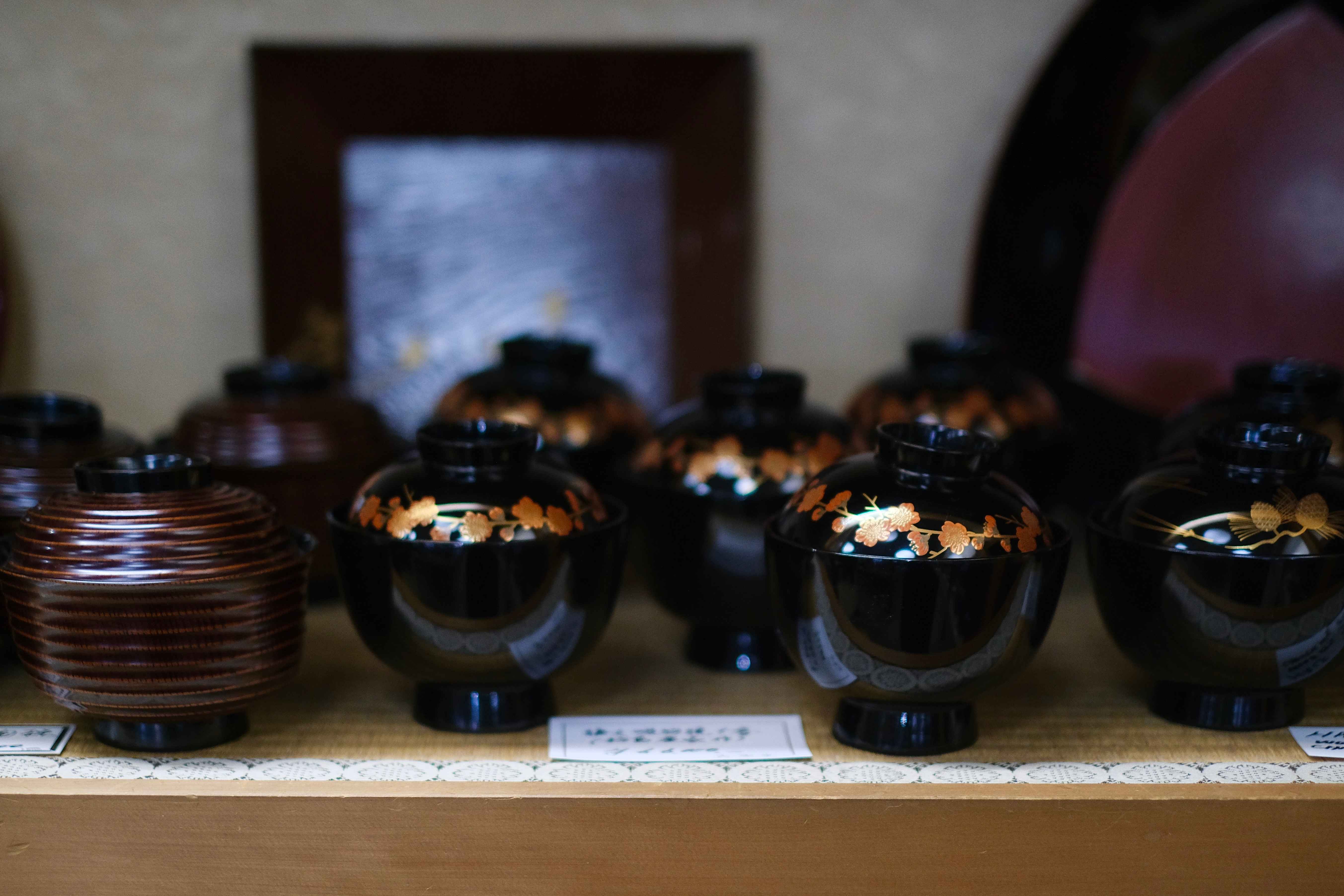
( Lacquerware passed down since the establishment of the company)
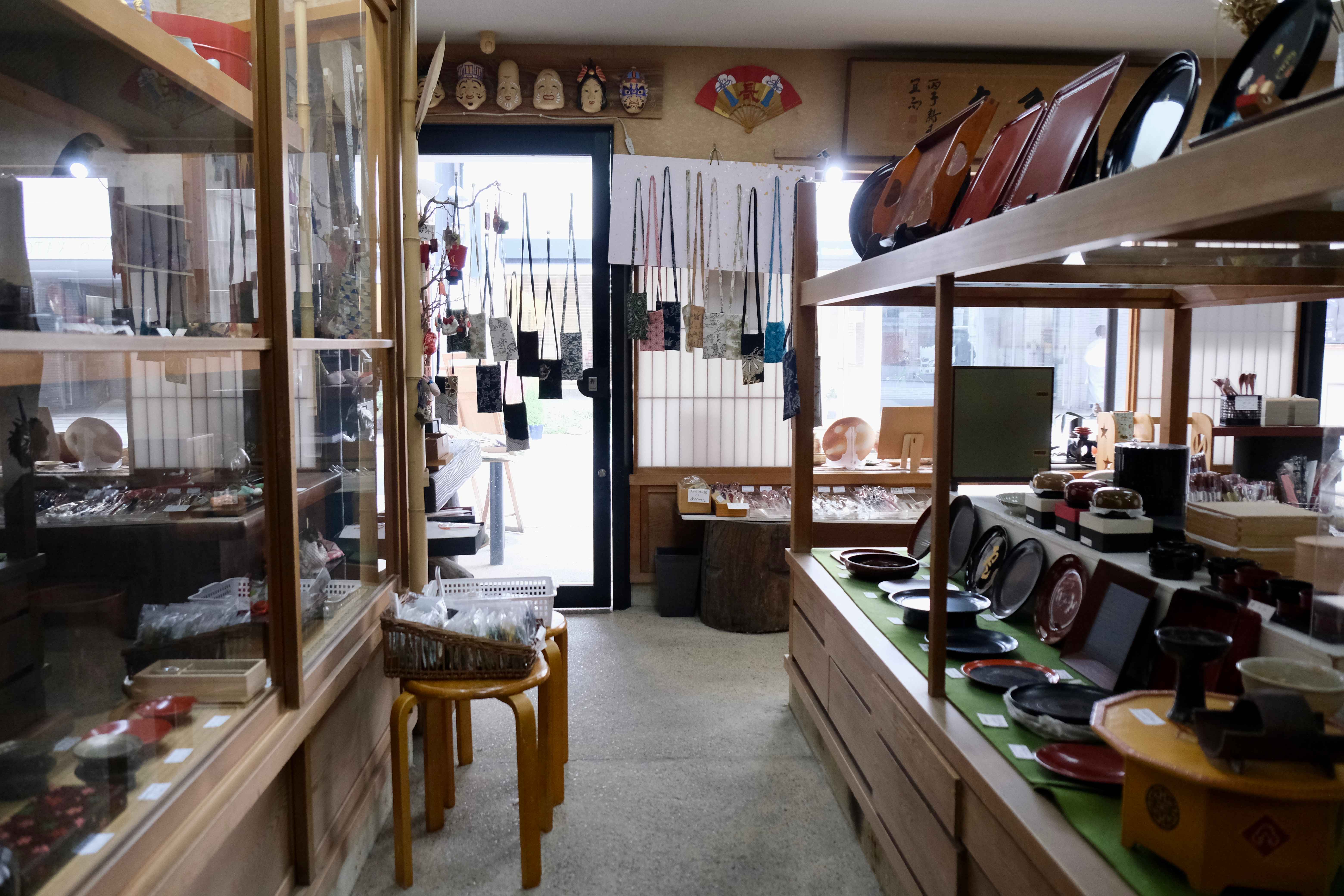
( Lots of lacquerware and crafts in the store)
ーーHow do you think Sanjo Dori has changed since you were born and raised on this street?
In 1939, at the beginning of World War II, Sanjo Dori was lined with many so-called wholesalers and retailers: few small retailers and many large wholesalers. After the war, the number of people in various occupations really increased on Sanjo Dori, and such a period continued until about the 1970s, when Japan became the most profitable in the world.
From there to 2023, gradually a small number of buildings began to line the street between the retail stores. However, the buildings themselves did not increase that much, and Sanjo Dori today is lined with retail stores.
ーーWhat do you see among or about people on the street?
Sanjo Dori has many traditional stores and buildings, so it was never overflowing with people and becoming a hustle and bustle like Shijo Dori. It was before and after World War II that people often passed through the area during those times. On the contrary, the street became less crowded when the economy gradually slowed down after former Prime Minister Kakuei Tanaka's theory of remodeling the Japanese archipelago. At that time, not only Sanjo Dori, but also the whole of Japan was empty, and it was difficult to do business.
ーーLooking back to the past, is there anything striking about the area around your shop?
Next to Nishimura Kissho-do was the residence of "Daikokuya" Saburobei Sugiura, one of the three largest kimono merchants in Kyoto, until 1946 when it became a ryokan (Japanese inn) called “Nissho Besso". At that time, it was rare for people to own their personal cars, and there were only two cars on Sanjo Dori, including that of Daikokuya. We all used to look at the Hudson parked in front of the residence when the owner went out. I was about four years old at the time.
"Living" in the heart of Kyoto
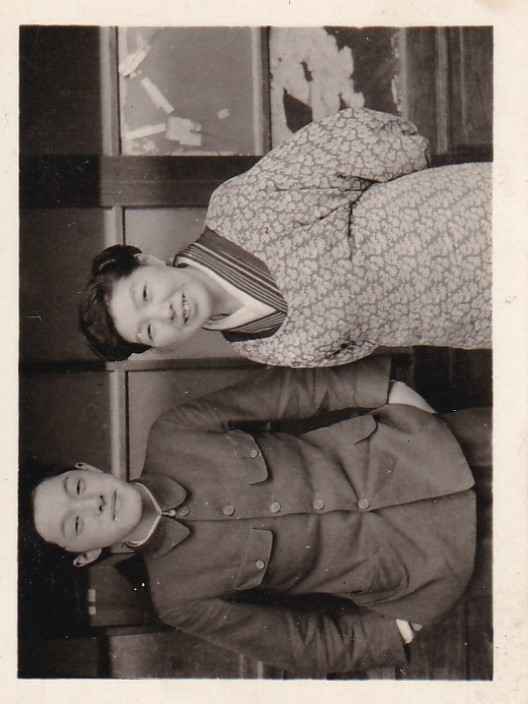
(With his mother when he was 15 years old)
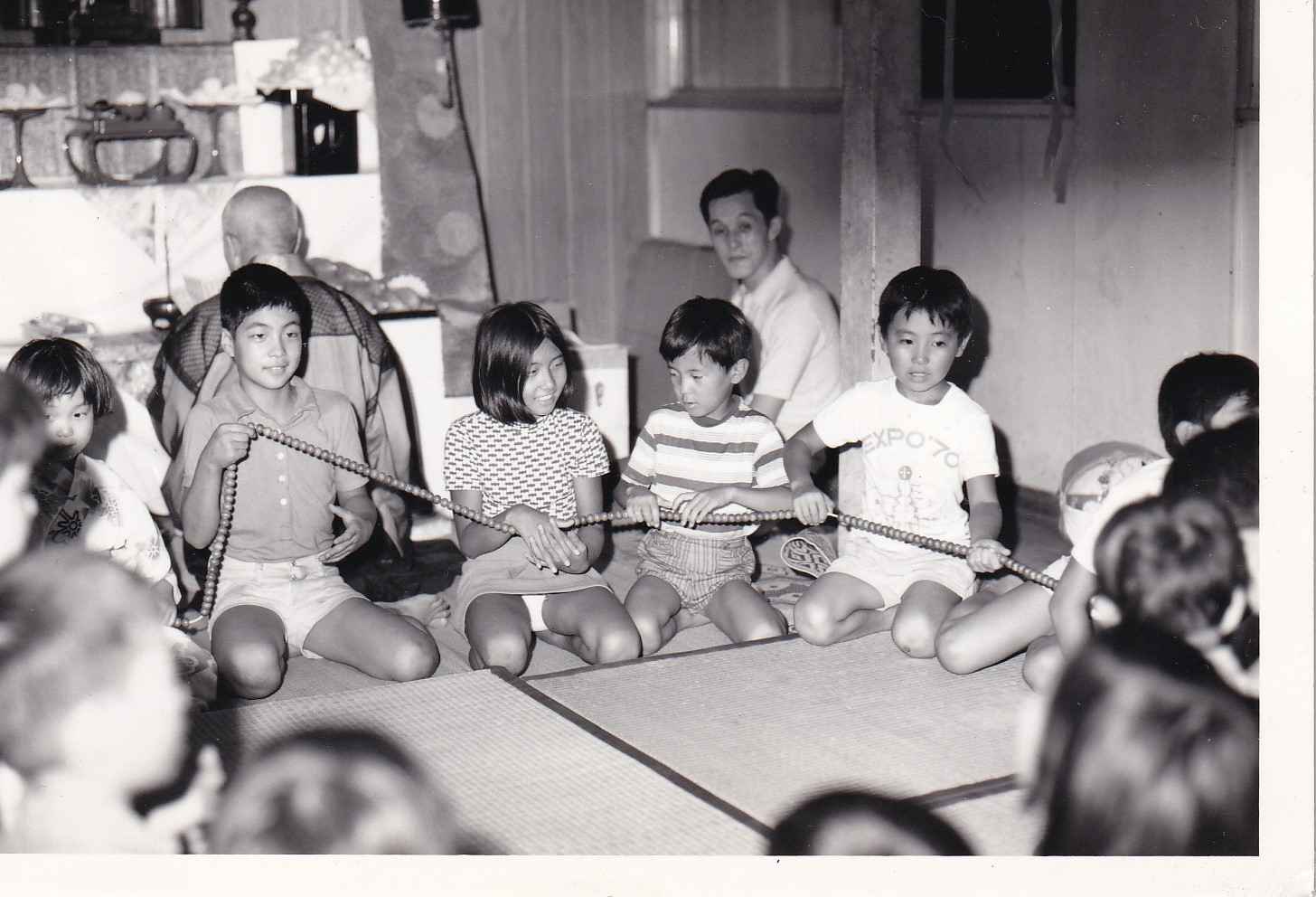
( Looking after the town's children at the Jizo-bon in Nakanomachi)
ーーThis is my first visit to Sanjo Dori, and I found it to be an interesting mix of the old and the new. What is your impression of Sanjo Dori?
As you say, Sanjo Dori is a mixture of the old and the new. In the Taisho era (1912-1926), there was talk of widening the street, but in the end it was decided to widen Shijo Dori instead because Sanjo Dori has many historical buildings such as the Museum of Kyoto and the Nakagyo Post Office. So many old things remain on Sanjo Dori after such an era.
Sanjo Dori is also the location of Sanjo Ohashi Bridge, the last stop on the 53rd leg of the Tokaido Highway. At the intersection of Sanjo Dori and Karasuma Dori, there is also the Kyoto Road Sign, and Sanjo Dori functioned as the main street of Kyoto during the Meiji era.
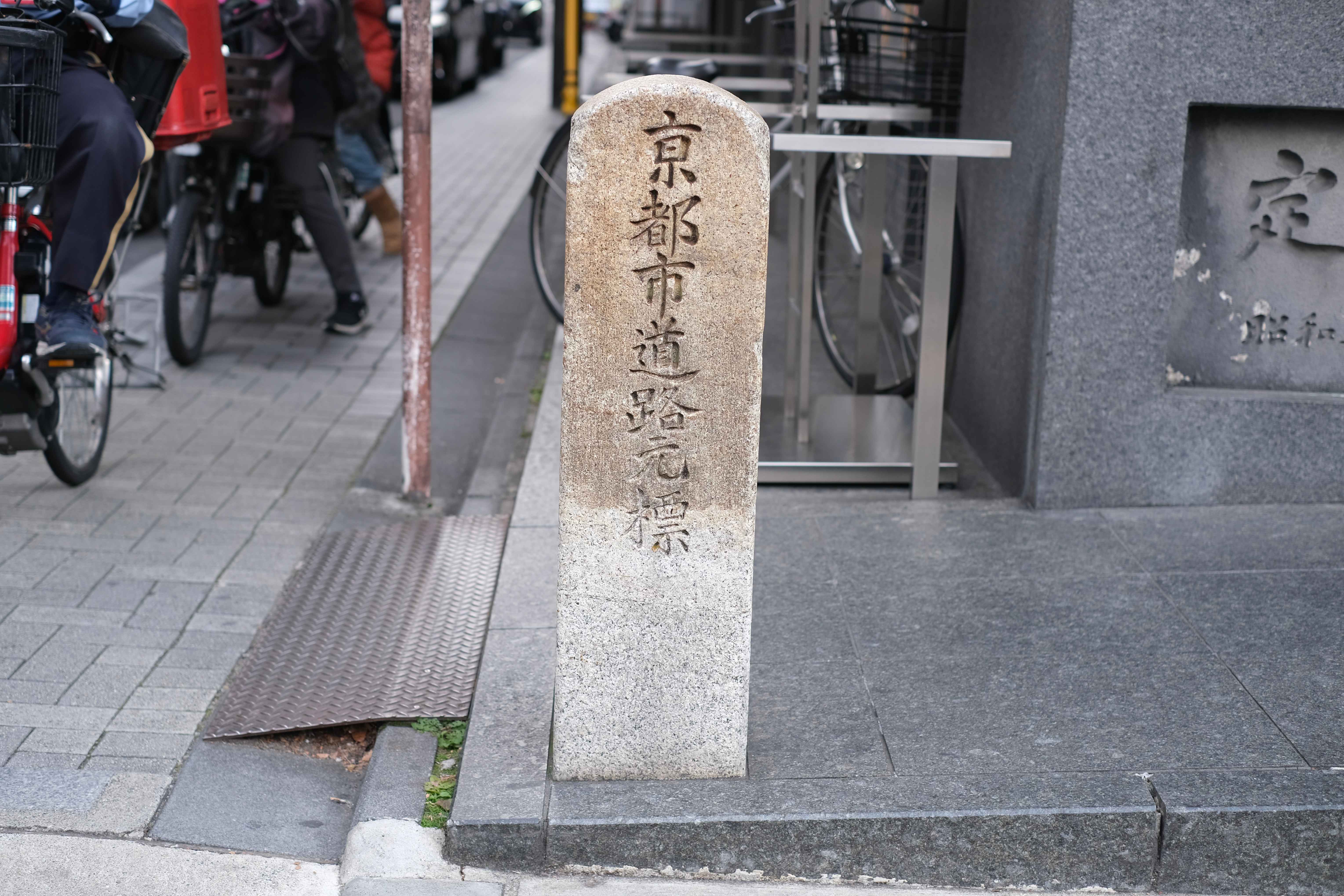
(Kyoto City road marker at the intersection of Sanjo Dori and Karasuma Dori)
.jpg?quality=40)
( Sanjo Ohashi Bridge after renovation)
ーーYou also live on Sanjo Dori, right? What do you think about the livability of Sanjo Dori?
It is very easy to live here. Because Sanjo Dori is the center of the city, there are trains and subways a short walk away, the greenery of the Imperial Palace, and many temples. For shopping, there are luxury stores and common stores, and now there are also supermarkets. I was born here, work here, and will probably die here. I think it is a very happy life.
ーーHow about your relationship with the Gion Festival, an essential event for Kyoto residents?
Various organizations are involved in the Gion Festival, and among them I was the secretary of the Yasaka Shrine Seisei Kosha (a fund-raising organization that supports the operation of the portable shrine procession during the Gion Festival). Originally, the Gion Festival began in 869, when various epidemics and calamities followed, and the gods of Yasaka Shrine were asked to exorcise the bad luck.
When I was a child, I was just so excited about the Gion Festival in July, and as an adult, I have always been involved with the Gion Festival by working with such organizations.
Busy in business. We will continue to keep the city bustling with business.
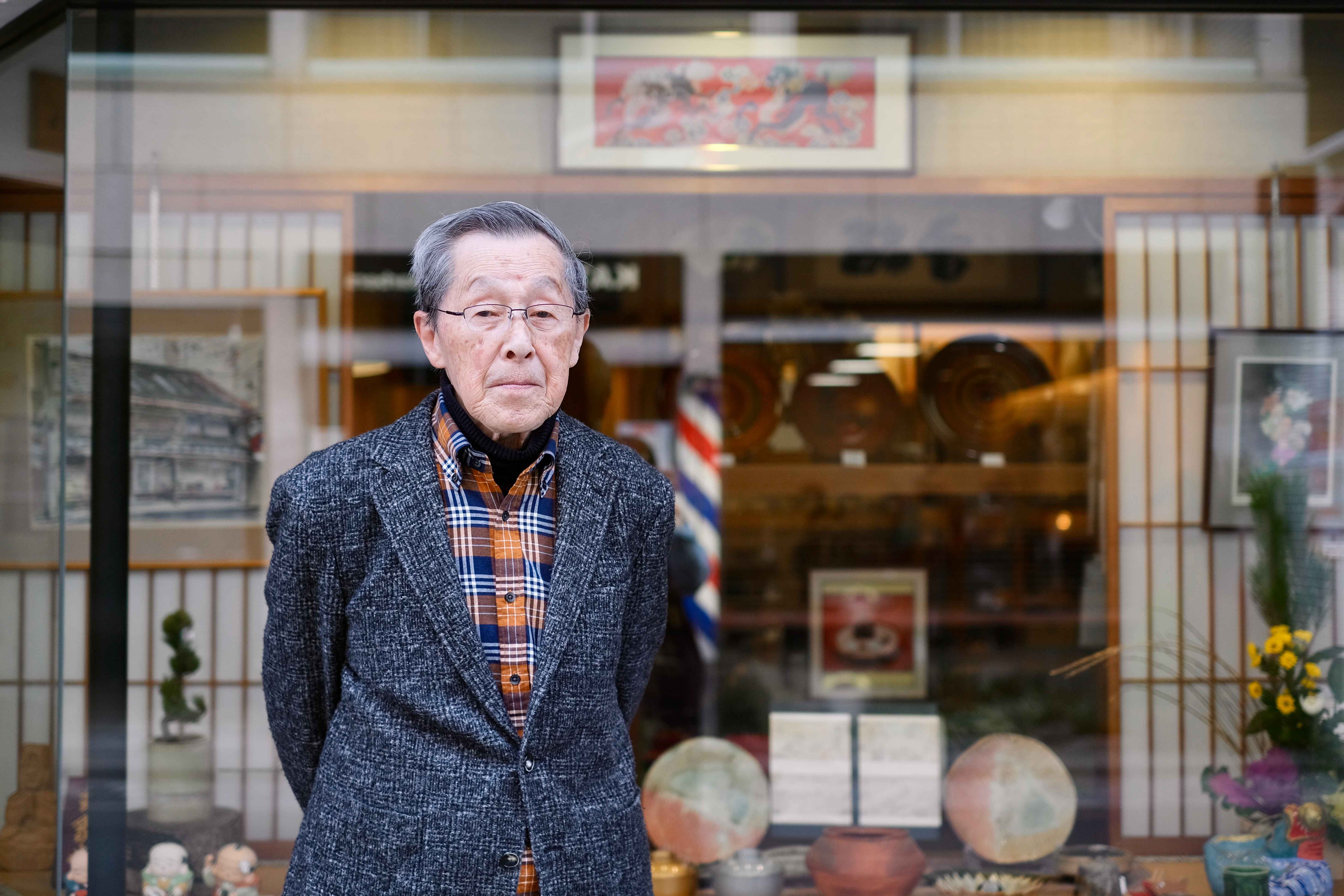
ーーTalking with you makes me believe that you are very energetic. Is the secret behind the energy and vitality the fact that you were engaged in business?
Certainly, when you are in business, you often think about sales and funds, so you use your head a lot, and you cannot say anything inappropriate when talking with customers, so you do a lot of research.
However, speaking about myself personally, I loved reading and movies from an early age; I read a wide variety of books, and was often taken to foreign films and other activities as a child. Compared to my friends of the same generation, I liked to think and research, which may have led me to where I am today.
ーーAfter you have been watching Sanjo Dori for many years, what kind of place do you think Sanjo Dori should become in the future?
I would like Sanjo Dori to be a lively and comfortable place to live. I want Sanjo Dori to continue to be a place where customers can enjoy a leisurely stroll and where good stores are lined up side by side. I hope Sanjo Dori will continue to be such a place.
ーーYou mentioned the keyword "good stores”. What are the conditions of a good store that you would like to preserve on Sanjo Dori?
Depending on the philosophy of the owner, I think a good store is one that has a decent selection of goods, regardless of the price, and a variety of goods, as well as a friendly customer service.
In business, there is no point in trying to look good if you can't make a sale. Think with intense care, be bold once you have made a decision, be persistent once you have started, and take it slow and easy even if you think it is not going to work. Business is also called “Akinai” in Japanese, which means “not tired of it". I hope that the young people doing business on Sanjo Dori will also continue to do so enthusiastically and without giving up.
